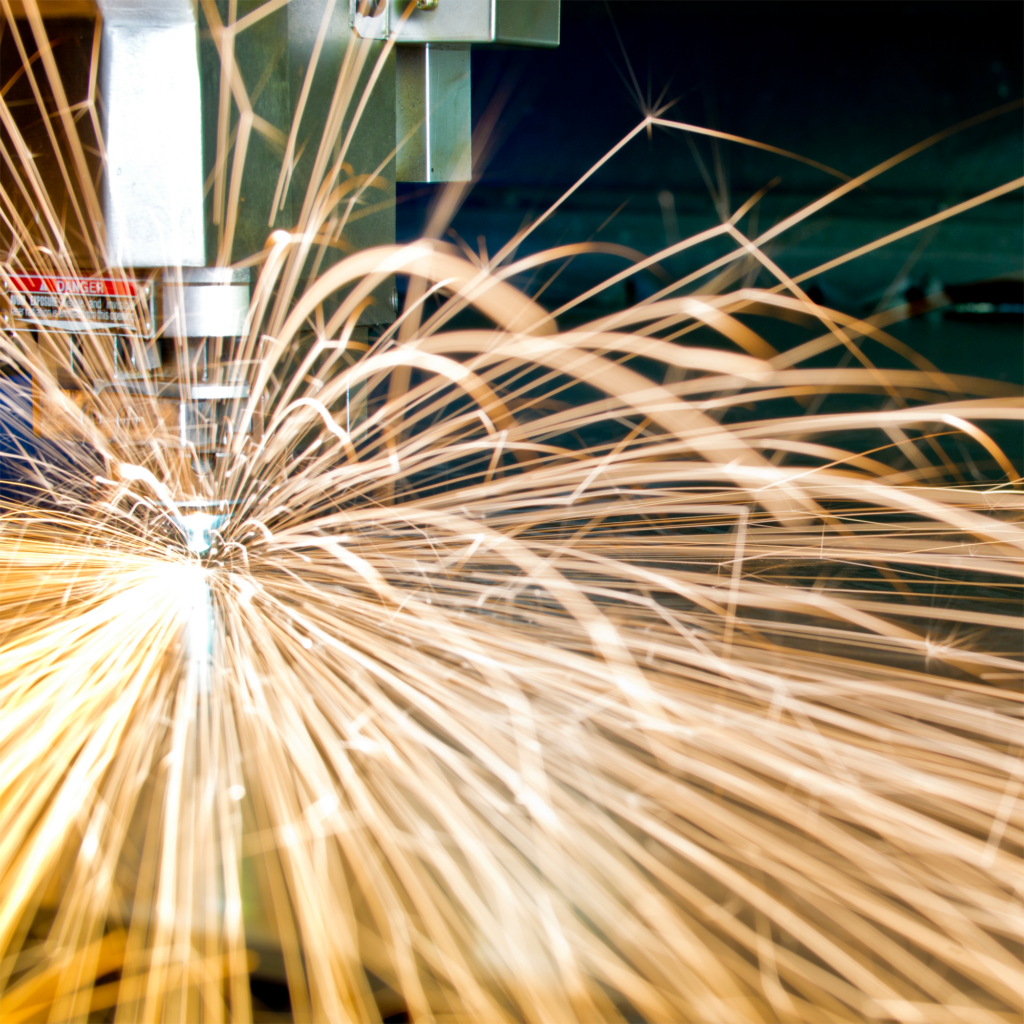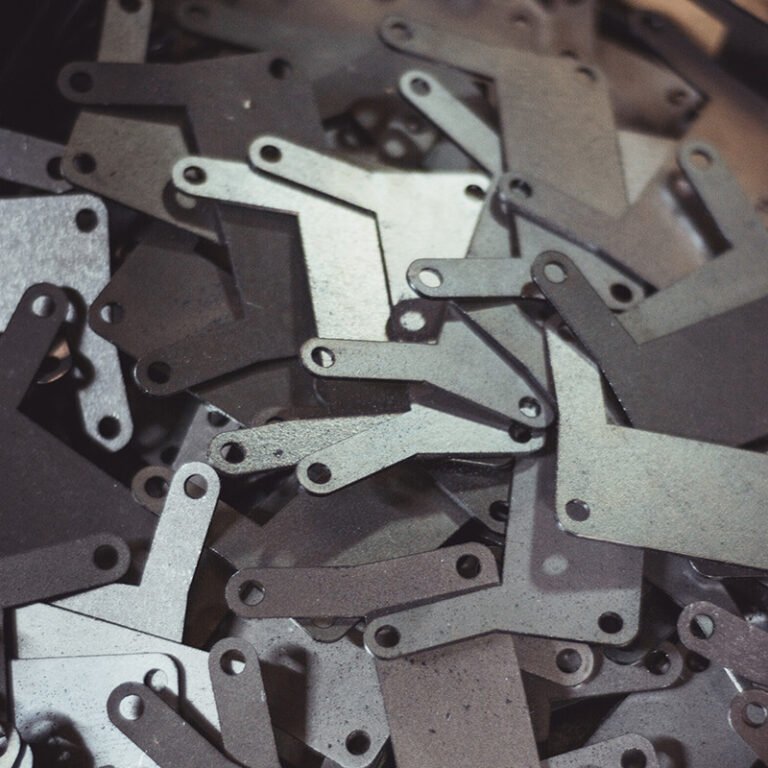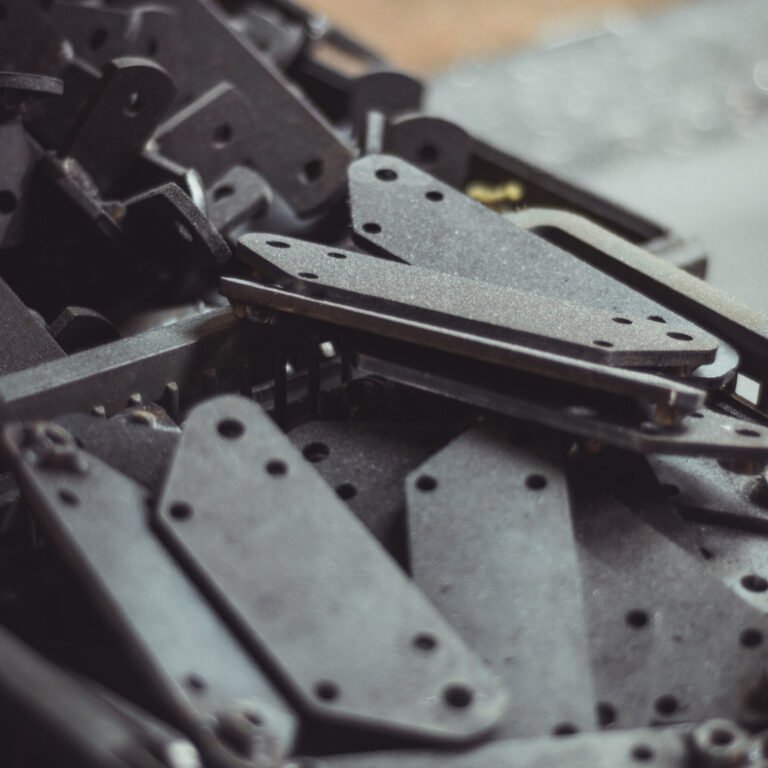Blog
Choosing the Right Laser Cutting Technique for Your Project
Choosing the Right Laser Cutting Technique for Your Project
Are you working on a project that requires laser cutting? Choosing the right laser-cutting technique is essential for achieving precise and accurate results. With so many techniques available, it can be overwhelming to determine which one is best suited for your project.
In this article, we will guide you through the process of selecting the right laser cutting technique. We’ll explore the various options available, their advantages, and the types of materials they are most suitable for. Whether you need to cut through metal, wood, or acrylic, we’ve got you covered.
Our expert team has extensive experience in laser cutting and we are committed to helping you make an informed decision. We understand the importance of quality and efficiency in your projects, and we will provide you with the necessary knowledge to choose the technique that meets your specific requirements.
By the end of this article, you will have a clear understanding of the different laser-cutting techniques available and the factors to consider when selecting the most appropriate one for your project. Let’s dive in and discover the perfect laser-cutting technique for your needs.

Different types of laser cutting techniques
When it comes to laser cutting, there are several techniques to choose from. Each technique has its own advantages and is suited for specific materials. Here are the three most common laser cutting techniques:
### CO2 Laser Cutting
CO2 laser cutting is one of the most popular techniques, widely used in various industries. It utilizes a carbon dioxide gas mixture as the laser medium. This technique is highly versatile and can cut through a wide range of materials, including wood, acrylic, plastic, fabric, and more.
One of the main advantages of CO2 laser cutting is its ability to produce clean and precise cuts. The laser beam is easily absorbed by organic materials, allowing for efficient and accurate cutting. Additionally, CO2 lasers can be controlled to perform intricate cuts and engravings, making them ideal for detailed projects. However, CO2 lasers are less effective when it comes to cutting through metals.
CO2 laser cutting is commonly used in industries such as signage, packaging, woodworking, and textile. It offers a cost-effective solution for projects that require high precision and intricate designs. If your project involves non-metallic materials, CO2 laser cutting may be the perfect technique for you.
### Fiber Laser Cutting
Fiber laser cutting is a highly efficient technique known for its speed and accuracy. It uses a solid-state laser to generate the laser beam, which is then transmitted through an optical fiber. This technique is particularly effective for cutting through metals, including stainless steel, aluminum, brass, and copper.
One of the main advantages of fiber laser cutting is its ability to achieve high cutting speeds, making it ideal for industrial applications. The concentrated laser beam delivers precise and clean cuts, reducing the need for post-processing. Additionally, fiber lasers have a longer lifespan compared to other laser types, resulting in lower maintenance costs.
Fiber laser cutting is widely used in industries such as automotive, aerospace, and electronics. It offers excellent results for projects that require fast and accurate cutting of metal materials. If your project involves metal fabrication or requires high-speed cutting, fiber laser cutting may be the best choice for you.
### YAG Laser Cutting
YAG (yttrium-aluminum-garnet) laser cutting is a versatile technique that can be used for both metal and non-metal materials. It uses a solid-state laser with a crystal medium to generate the laser beam. YAG lasers are known for their high power output and can cut through materials such as stainless steel, mild steel, aluminum, ceramics, and more.
One of the advantages of YAG laser cutting is its ability to cut thick materials with high precision. The concentrated laser beam delivers clean and accurate cuts, even on challenging materials. Additionally, YAG lasers are capable of performing welding and drilling operations, making them suitable for a wide range of applications.
YAG laser cutting is commonly used in industries such as jewelry, medical device manufacturing, and automotive. It offers a versatile solution for projects that require cutting and welding of both metal and non-metal materials. If your project involves a combination of materials or requires high-power cutting, YAG laser cutting may be the right technique for you.
Please read more about techniques for laser-cutting here
Please contact me here for more information or you can read more about laser cutting here


